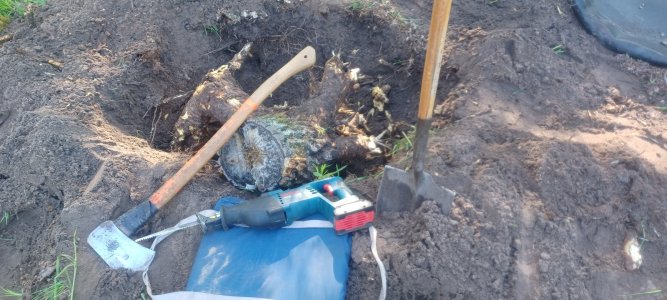SD51555
5 year old buck +
There's no difference in nutrients released. What's different is the speed at which they're released and what happens next.I'm struggling to wrap my head around this, what is the difference in nutrients released whether a crop is terminated by crimping, mowing, tilling, or chemical? Any links to videos where they break this down?
Tillage can be fastest, but all fast means is carbon is burned up and sent into the atmosphere faster, including what was below ground, and you're left with collapsed soil pores, new weeds, compaction, and a naked soil surface. Then you've got crusting, infiltration problems, dead biology because their homes (top two inches) gets fried by the sun, erosion, drought risk, fallow syndrome, soil splashing, and more.
Speed of decomp with no regard to +/- after effects, 1 being fastest,
1. Tillage
2. Mowing and laying into existing live crop (like rye residue into live perennial clover)
3. Rolling down onto existing live crop (just like 2, but with bigger pieces)
4. Mowing down onto bare soil (fine pieces)
5. Rolling down onto bare soil (big pieces)
6. Leave standing above bare soil
What you have to focus on is what you want to happen after the crop is done. You wanna keep your soil critters and their systems alive. They're the ones making tunnels all over the soil profile for air and water infiltration. The residue keeps your soil cool, stops the rain from crusting your surface, keeps soil from splashing up on your live plants, and keeps that whole community alive. That community is turning not only residue into next crop nutrients, they're also turning rock particles and atmospheric gases into useable nutrients. This is why living systems don't need NPK pellets and rarely accumulate residue problems. Two exceptions I could think of are canary grass sloughs and cattail sloughs.
Think of it like an actual town. What would happen to a town's ability to provide goods and services (nutrients and defenses against weather extremes) if the gas and power were shut off, the roads were destroyed, water towers blown up, police defunded, fire fighters gone, paramedics don't come, hospitals gone, water and sewer lines collapsed, and all factories, stores, and homes leveled and set on fire?
Now what if that same town took no missiles, fires, earthquakes, droughts, floods, invasions, hurricanes, mud slides, riots, mass poisoning, etc. What if they just processed their waste into useful resources like compost, cleaned and reused water, recycled products that get used over and over like aluminum, upsourced wood into lumber and lumber into more buildings, organic waste into worms, worms into eggs, eggs into more people, more people into specialists, more specialists into more production, etc.
That's what's going on down there.


